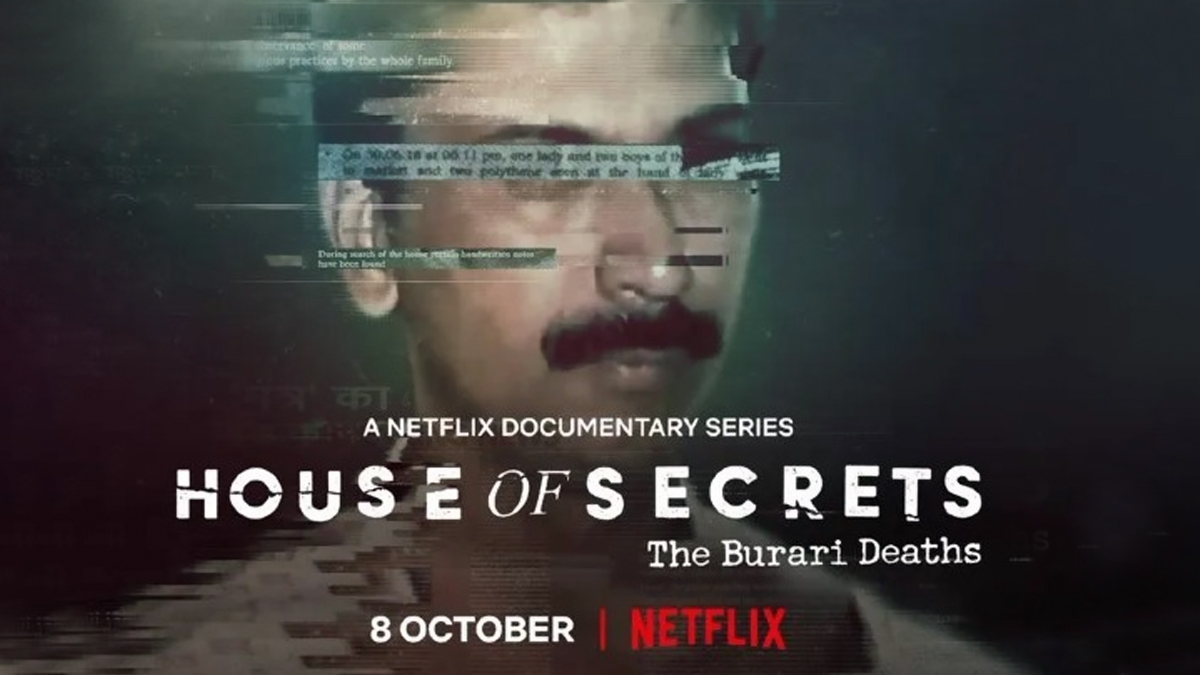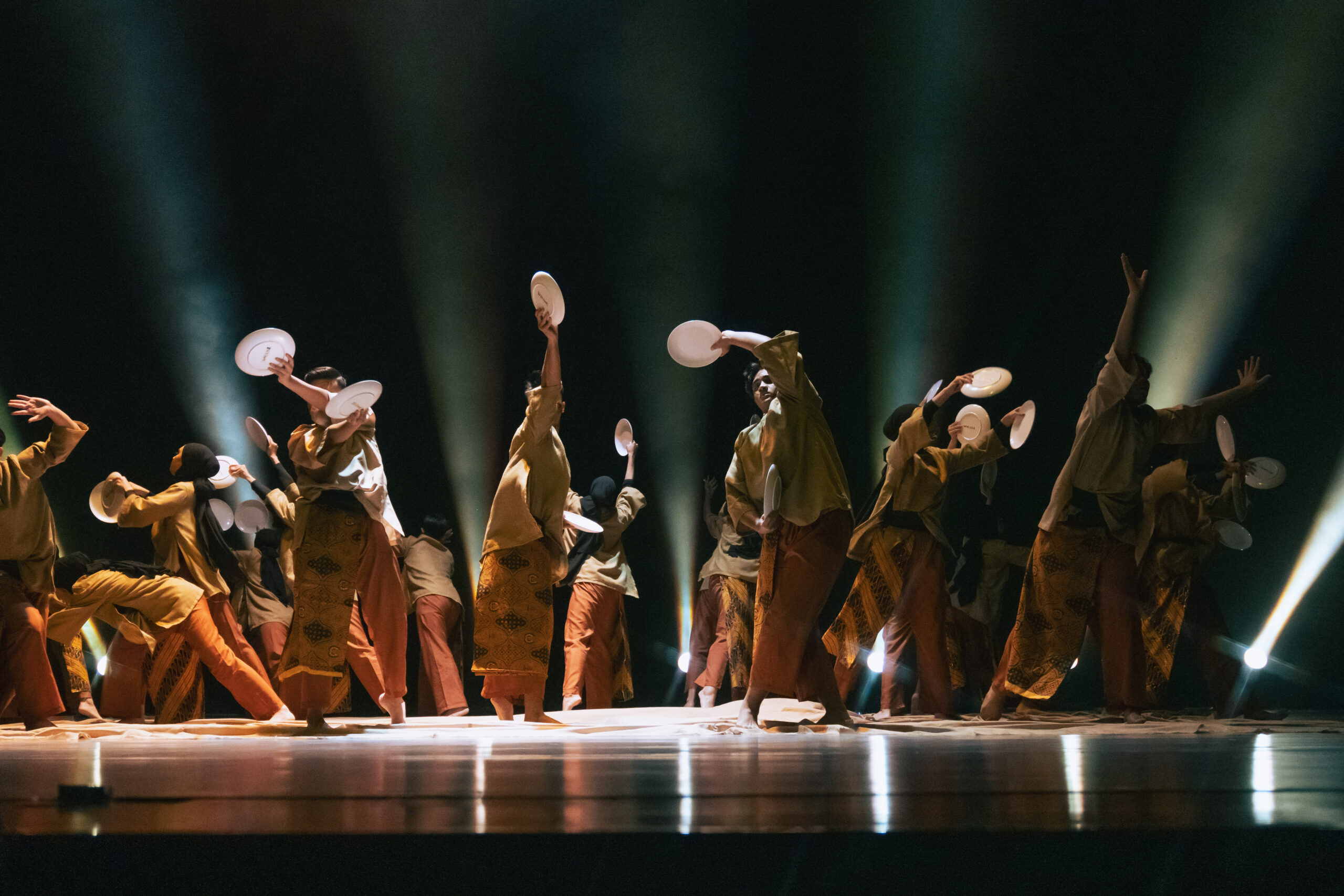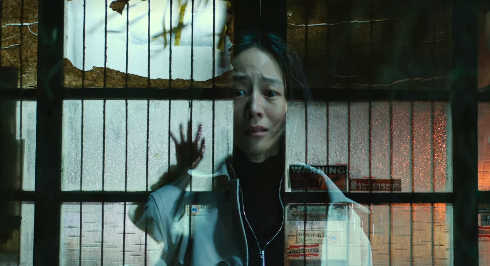Imagine knocking on your neighbours’ door only to find it unlocked from the inside. You peered and made your way in to climb a dark flight of stairs.
As soon as you reached the top of the flight of stairs, you discovered the horrific scene of family members hanging from an iron grill mesh in their ceiling in the hallway side by side.
Colourful scarves engulfing their necks eerily resembling the hanging roots of a banyan tree, faces blindfolded, hands tied behind the backs, and ears plugged with cotton.
Just before you know it, grief-stricken sounds of screaming and crying, deafening sirens of the police and ambulance, curious onlookers, and the media clamouring at the scene of the crime fills the atmosphere.
We are accustomed to shocking crimes happening worldwide but the demise of 11 members of the same family in India’s capital in June 2018 is like no other – spine-chilling yet eye-opening.
Film director Leena Yadav introduces a chilling ‘national sensation’ case determined to uncover several theories posed and saddening truths of the incident.
This chilling three-part documentary series on Netflix emphasises the sheer absurdity and shock value surrounding the gruesome events that unfolded, which has been further stressed by the testimonies of law enforcement officials, crime reporters, and experts, who were either primarily involved or witnesses to this case which gripped the nation.
The documentary series also introduces relatives and acquaintances of the Bhatias. They heaped praises on the members of the family, who were known for their thriving business, hospitality, generosity, kindness, and the intelligence of their deceased children.
This led members of the public and even relatives to hurl accusations and speculate theories. They demanded the police solve the case and deliver justice for the family. Some accused law enforcement officials of suppressing the truth, the media for reporting lies and some were heard sloganeering at the crime scene.
This evoked a wave of confusion and disbelief that made audiences including myself compelled to understand what truly transpired in the Bhatias’ house.
With the use of archival media footage, some recreated sequences and testimonies, the docuseries made me feel I was there by the bylanes of Burari, witnessing every nook and cranny of the case.
I was constantly left questioning and thinking from beginning to end. Although the series was fast-paced with information all packed into three 45-minute episodes, the build-up and impact remained chilling and haunting nonetheless.
However, viewer discretion is advised, as some real crime scene footage, audio and images were used.
On the one hand, it was appropriate to kick off the film and detail the deaths of 11 family members of the Bhatia family. But, there were times where it was just unsettling and disturbing to digest the images shown to audiences in the series.
Despite the graphic depictions, the documentary series takes the audience on an emotional, eye-opening journey, teaching powerful, important lessons on conversations about societal and sociological issues in India that are needed to be addressed while providing a sense of closure to the family, friends, neighbours and acquaintances of the Bhatias, even members of the public.
At the end of the series, Hemani Bhandari, a crime reporter for The Hindu, who covered the story of the Bhatia family was quoted saying “I think I relived every moment covering that story. All of it. And tonight, when I go back home, I think I’m gonna think about it for a while.”
I was left with similar thoughts.






